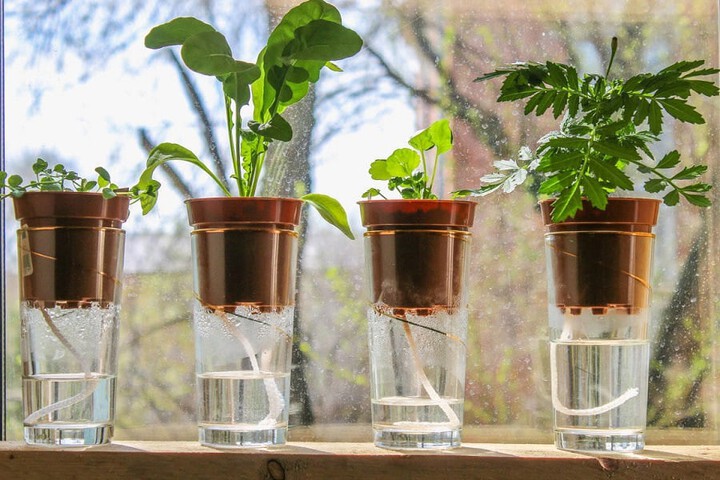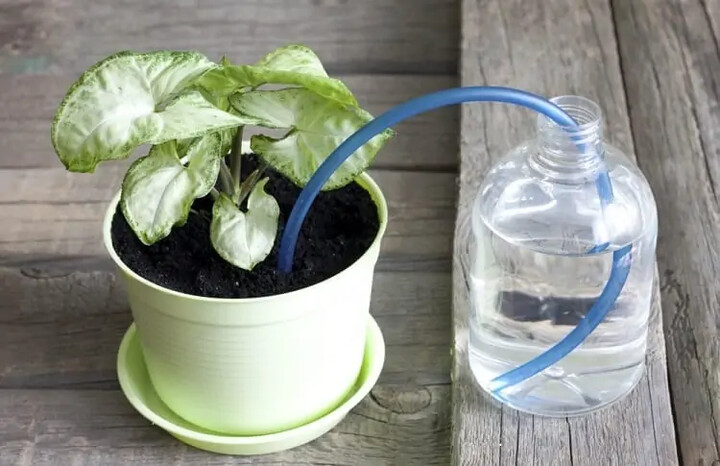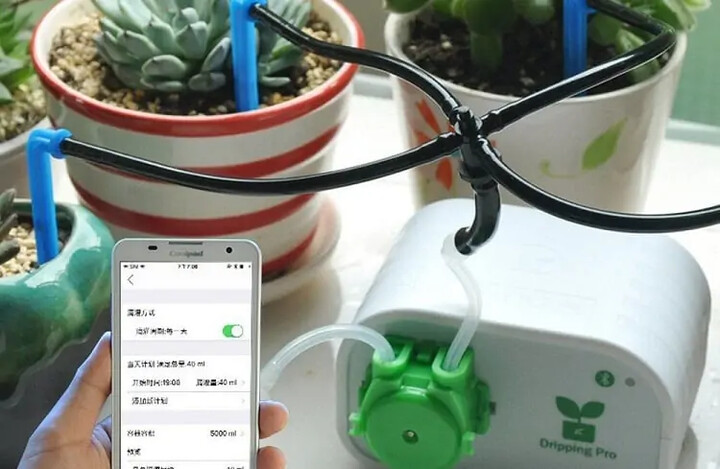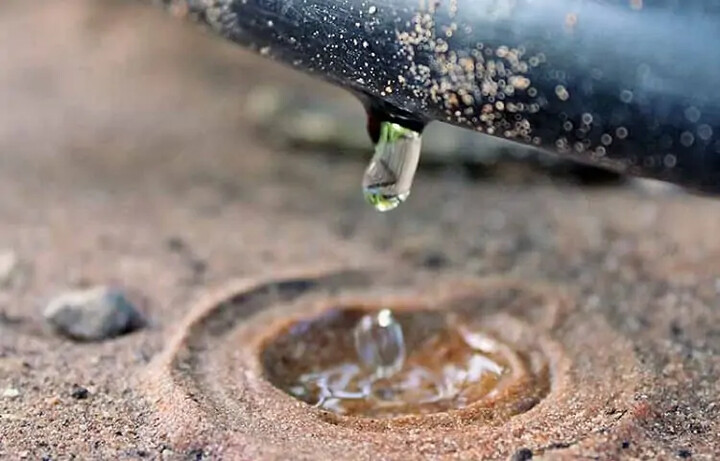Plants love nothing more than a big drink of water, and keeping them hydrated at the right time is the key to helping them thrive.

If you’re a succulent parent and want to make watering your favorite plant easy and stress-free, you might have considered an automatic watering system before.
Before you can dive into choosing an indoor automatic plant watering system there are a lot of features to consider to make sure it’s going to be a good fit for you and your greenery. Whether you want to keep just your succulents watered and healthy or have a range of plants to consider, there’s a right and wrong way to do it.
How do you build your own automatic watering system to water you plants?
Depending on the type of system you want to build and whether it’s for long or short term irrigation, there are lots of DIY options for making your own. There are simple self-watering pots, mini-greenhouses, and drip watering systems, so there are lots of choices to suit you and your plants.
If you’ve been considering implementing an irrigation system at home, we’ve got you covered. With all of the options available for an automatic watering setup and what you need to contemplate to choose the right fit, you’ll have happy and healthy plants that never have to suffer due to a forgetful owner again.
How Long Should A Watering System Last?

The first thing to establish when building a DIY watering system is whether you’re looking for a short term or long term option.
Having a garden that waters itself might only be a requirement while you’re away on vacation, or you could be planning something long term that takes care of all your plants for you.
Short Term
A short term watering system is one you might set up before going on vacation, and they’re designed to last just a few weeks at most. These are the easier and cheaper alternatives, and allow you to test out which methods work best, so if you’ve never had an irrigation system before start here.
Long Term
A long term watering system is better suited to people with large gardens, even if you don’t plan on going anywhere. With one of these in place, you don’t have to give any thought to your watering schedule and they can be quite detailed in how they operate, with all of the plants having their irrigation needs met.
The Benefits Of Using An Automatic Watering System
For many succulent owners, watering by hand is something they’re happy to do.
However, once your plant collection starts to grown and you have a range of them indoors and outdoors to look after, it can get tiring. These are some of the benefits you can get from installing an irrigation system for your beloved plants:
Some kits take only minutes to install and save you so much time each week from watering.
When you add a watering system that has a timer, you don’t have to do anything for it to turn on.
You can choose a fully customizable system to suit the type of plants you have and your garden setup.
Many of these systems save water because they use a minimal amount fed directly to roots.
Once they’re installed, they’ll be there all season long, meaning no hassle from you.
Automatic Watering Options

There are loads of choices out there for the gardener who wants some assistance with hydration, and it all depends on your garden and how much effort you want to put in yourself.
These are some of the most popular irrigation systems for gardens that can take the hassle out of keeping your plants healthy.
Self-watering pots
A self watering pot or planter is a little different to what the name implies, as it doesn’t mean it will do the work for you. These systems generally provide a constant source of moisture to your plants which means you can spend longer in between watering, which is helpful when you have a vacation coming up or minimal time for irrigation. Water is poured into the reservoir underneath the plant and then wicked up into the soil using one of several methods.
Smart-home automatic systems
Smart home irrigation systems can be as basic or advanced as you need. These complete setups allow you to schedule watering or set timers, and can be used in conjunction with other parts of a smart home. The system can be controlled through your smart home hub or mobile device, and you can turn it on and off even when you’re not around.
Wick watering
A wick watering system is a simple method of watering your plants that doesn’t require any fancy parts. A wick is inserted into the soil of the plant, and another end in a water reservoir. As the soil dries out, the wick draws water from the reservoir and places it directly in the soil. These are ideal for shorter-term setups as the reservoir needs to be full for it to work, so many people use them over a few weeks or less.
Drip watering
A drip emitter allows this type of system to work, effectively dripping water slowly and steadily while it’s one. This type of hose is set up directly beneath the soil so that the water reaches the roots, which is the main source that requires irrigation. A drip water system can be as simple as one hose or run around the entire garden, depending on what you need from it. Unless attached to a timer, this setup requires you to turn it on and off at the faucet, which can be done once or twice a week. Make sure you don’t over-water as you end up with root rot.
Soaker hose

A soaker hose irrigation system works similarly to drip watering, as it features a hose with small holes through it that release water slowly to feed your plants. These hoses can be manipulated to be put anywhere, whether you want them directly on fruits and vegetables, (like spinach or carrots) or pointed at the soil to give water to the roots. They can be set on a timer or turned on manually, depending on how much automatic you want your irrigation system to have.
Capillary mats
A capillary mat is made specifically for potted seedlings and might be used by someone wishing to grow new plants from scratch. The seedlings are in pots and they sit on a felt mat that is absorbing water from a separate reservoir. The pots absorb the right amount of water from the felt and do so as needed, making for a hands-free growing experience for the gardener.
A mini greenhouse is set up to be a smaller version of a standard-sized greenhouse, designed to have everything a plant needs to thrive. These mini systems do everything including maintaining the right temperatures and giving the right amount of light. The plants are housed in plastic trays where irrigation can be delivered, so there’s nothing for the gardener to do during seed germination.